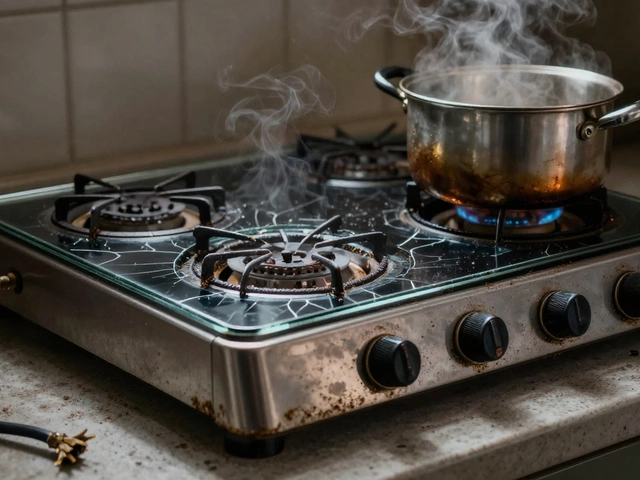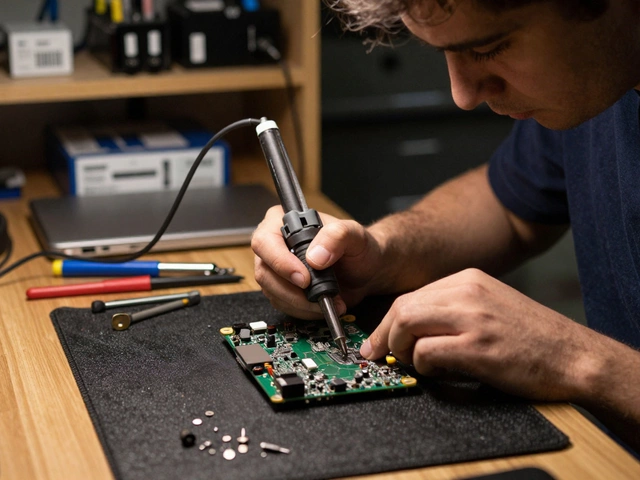Tankless Water Heater: Quick Guide & Tips
Thinking about ditching that bulky hot‑water tank? A tankless water heater delivers endless hot water on demand, saves space and can cut your energy bill. But there’s more to it than just flipping a switch. Below you’ll find the basics, the perks, and the practical stuff you need to keep it running smoothly.
How Tankless Water Heaters Work
Unlike traditional tanks that store heated water, a tankless unit heats water the instant you turn on a tap. Cold water flows through a heat exchanger, where either gas or electricity raises the temperature in seconds. Because there’s no storage, you avoid standby heat loss – the main source of wasted energy in conventional systems.
Benefits & When They Shine
First off, space. A wall‑mounted unit takes up a fraction of the room a tank needs, perfect for tight bathrooms or compact kitchens. Second, energy savings. Most models are up to 30% more efficient, especially if you have a small household that doesn’t use hot water all day. Finally, endless hot water. If you’ve ever run out of hot water mid‑shower, a tankless system won’t let that happen – it matches output to demand.
Tankless heaters are ideal for homes with low to moderate hot‑water demand, for renovations where space is premium, and for anyone eager to lower monthly energy costs. If you have several high‑flow fixtures running at once (multiple showers, a large bathtub, and a dishwasher), you’ll need a larger unit or a secondary system to keep the temperature steady.
Maintenance & Common Issues
Even though they have fewer moving parts, tankless heaters need regular care. Mineral buildup is the biggest culprit – hard water leaves scale inside the heat exchanger, reducing efficiency and eventually causing overheating. A simple descaling flush with white‑vinegar or a commercial descaler every 6‑12 months usually does the trick.
Other common problems include error codes on the display, reduced water flow, and odd smells. Often these are symptoms of clogged filters, a faulty thermostat, or a venting issue in gas‑powered models. Checking the air intake and exhaust paths regularly helps avoid dangerous carbon‑monoxide buildup.
When to Call a Professional
If you see recurring error codes, notice a drop in water temperature despite a clean filter, or suspect gas‑related problems, it’s time to call a qualified technician. Gas‑driven units require proper venting and pressure checks that only a certified plumber should handle. Electric models are safer to troubleshoot yourself, but a professional can confirm that wiring and circuit loads meet local codes.
Repair costs vary. Replacing a heat‑exchanger can run a few hundred pounds, while a simple thermostat swap is cheaper. In many cases, a quick service visit (including a descaling) restores full performance for a fraction of the price of a new unit.
Quick Checklist for Tankless Water Heater Care
- Flush the system annually with a descaling solution.
- Inspect and clean inlet filters every 3‑6 months.
- Check gas pressure and venting (if applicable) yearly.
- Monitor error codes and note any temperature changes.
- Schedule a professional service visit at least once every two years.
Follow these steps and your tankless water heater should deliver endless hot water for years to come. Need a fast fix or a full service? Our local Weymouth technicians are just a call away, ready to keep your water hot and your bills low.
Water Heater Only Giving Cold Water? Fast Fixes for Gas, Electric, and Tankless
- Alden Wilder
- Sep 9 2025
- 0 Comments
Only cold water from your water heater? Learn the top causes, quick DIY checks, fixes for gas, electric, and tankless units, and when to call a pro.
View More




